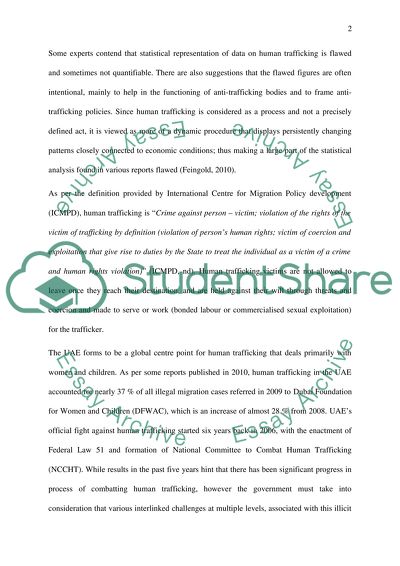Cite this document
(“Human Trafficking in the UAE Essay Example | Topics and Well Written Essays - 4000 words”, n.d.)
Human Trafficking in the UAE Essay Example | Topics and Well Written Essays - 4000 words. Retrieved from https://studentshare.org/law/1403428-human-trafficking-in-the-uae
Human Trafficking in the UAE Essay Example | Topics and Well Written Essays - 4000 words. Retrieved from https://studentshare.org/law/1403428-human-trafficking-in-the-uae
(Human Trafficking in the UAE Essay Example | Topics and Well Written Essays - 4000 Words)
Human Trafficking in the UAE Essay Example | Topics and Well Written Essays - 4000 Words. https://studentshare.org/law/1403428-human-trafficking-in-the-uae.
Human Trafficking in the UAE Essay Example | Topics and Well Written Essays - 4000 Words. https://studentshare.org/law/1403428-human-trafficking-in-the-uae.
“Human Trafficking in the UAE Essay Example | Topics and Well Written Essays - 4000 Words”, n.d. https://studentshare.org/law/1403428-human-trafficking-in-the-uae.


